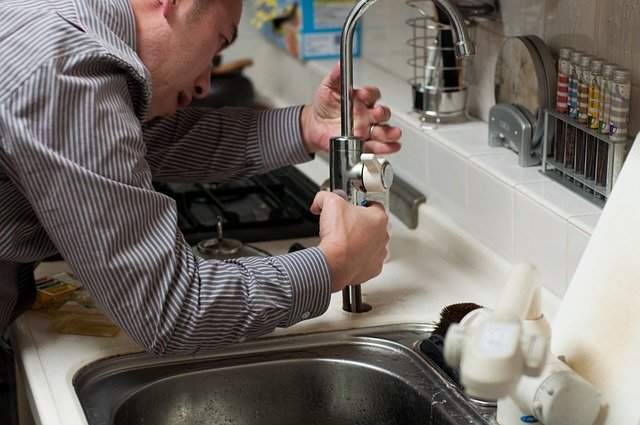Home Warranty for Houses and Appliances: Understanding the Contract
A home warranty is a service contract that helps cover repair or replacement costs for certain household systems and appliances after normal wear and tear. Unlike homeowner’s insurance, which responds to sudden damage from events like fire, theft, or storms, a warranty focuses on mechanical failure in everyday use. Homeowners, landlords, and buyers often consider a warranty to manage unexpected maintenance bills and to provide a single point of contact for repairs through a provider’s network of technicians.

What does a home warranty cover for your home?
A typical home warranty for the home will list covered systems such as heating, ventilation and air conditioning (HVAC), plumbing, and electrical components. Coverage varies widely: some contracts focus on major systems only, while others bundle common appliances. Important exclusions often include structural elements, cosmetic damage, and items with manufacturer or contractor warranties still in effect. Always read the contract to see coverage limits, annual caps, and whether routine maintenance is required to keep coverage valid.
How does a home warranty differ from house insurance?
House insurance (homeowner’s insurance) and a home warranty serve different purposes. Homeowner’s insurance protects against perils like fire, wind, and theft and typically covers liability for injuries on the property. A warranty covers mechanical failure due to ordinary wear and tear for covered items. Claims handling also differs: warranty providers arrange and pay technicians up to contract limits after a service fee, while insurers reimburse or pay based on policy terms and possibly require deductibles and adjustments based on replacement cost or actual cash value.
Can a home warranty apply to multi-unit buildings?
Warranties can be written for different dwelling types, but coverage for buildings varies by contract. Single-family homes, condominiums, and rental properties often qualify, but large multi-unit or commercial buildings may need specialized plans. Landlords can find contracts tailored for rental properties that address appliances and major systems across units. When considering coverage for a building, verify whether common-area systems (e.g., boilers, elevators) are included or require separate agreements, and check for local services availability for on-site technicians in your area.
What appliance repairs are normally included?
Appliances commonly covered include ovens, ranges, cooktops, dishwashers, refrigerators (sometimes optional), washers, dryers, and built-in microwaves. Coverage usually addresses mechanical and electrical breakdowns from normal use rather than accidental or cosmetic damage. Some contracts exclude refrigerator refrigerant or require additional add-ons for certain high-cost appliances. Expect a service call fee or trade service charge for each visit, and note that providers may cap payouts per item or per contract year, which affects whether repair or replacement is offered.
What to look for in the home warranty contract?
Examine the contract carefully before signing. Key items include service call fees, coverage caps per item and per contract term, waiting periods before coverage starts, and exclusions such as pre-existing conditions or lack of maintenance. Check whether the contract is transferable if you sell the house, and understand cancellation terms and prorated refunds. Review the provider’s claims process, average response times, and whether you can choose your own technician or must use the provider’s network. Keep maintenance records and receipts; many contracts require proof of routine upkeep to honor claims.
A clear grasp of what a home warranty does and does not cover can help set realistic expectations and reduce surprises when an appliance or system fails. Compare contract terms, confirm specified coverage for your house or building type, and weigh service call fees and coverage caps against the convenience of a single-source repairs arrangement. Careful review of the contract language and documentation of regular maintenance will improve the likelihood of a smooth claims experience and more predictable home maintenance budgeting.






